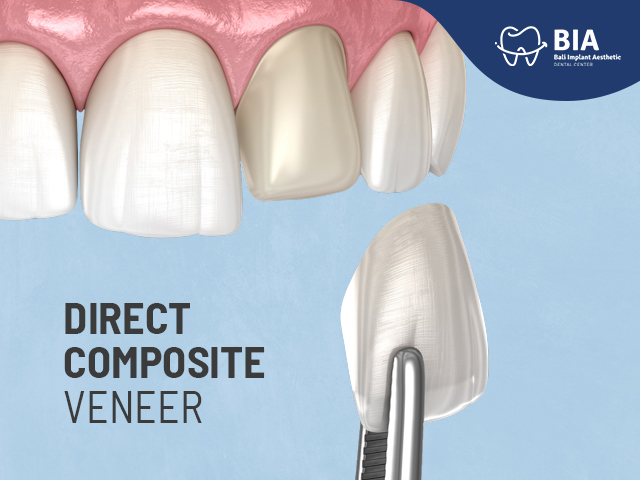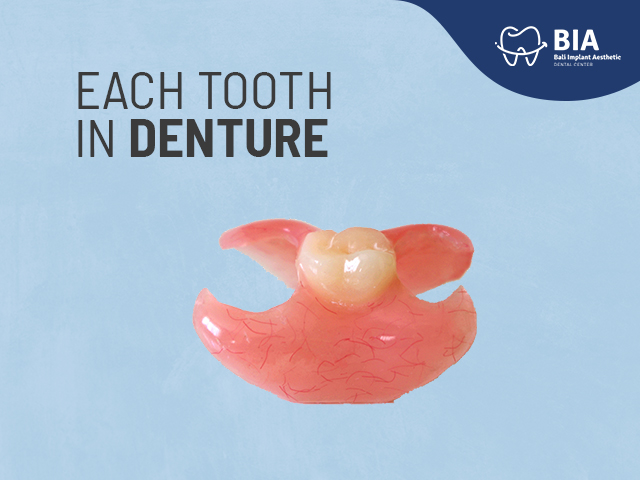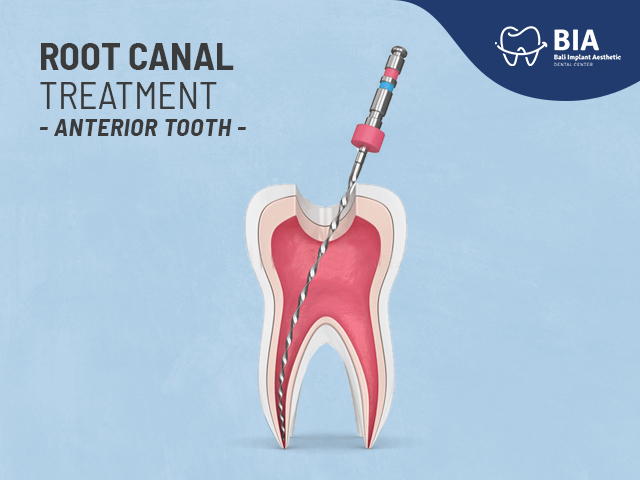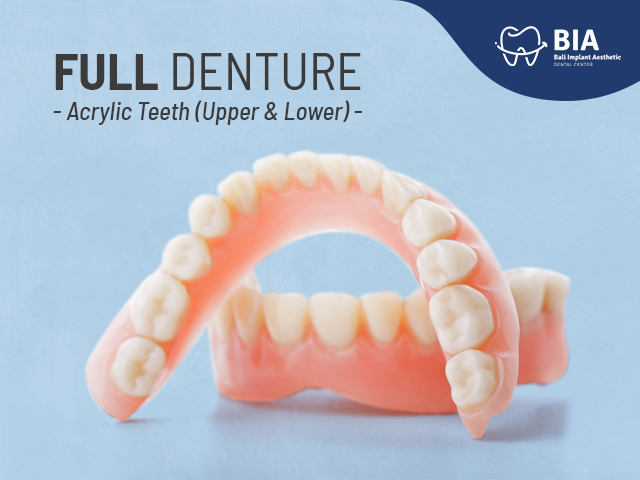An Apple A Day Keep the Toothache Away
Article | 2020-03-13 01:01:37
An Apple A Day Keep the Toothache Away
Consumption of fresh fruit that is rich in vitamins, minerals, fiber and water can help in cleaning teeth. Apples are one of the fruits that can clean teeth from food scraps because they contain high fiber. Most of the fiber is found in addition to the fruit, also found on the skin.
Fiber is a nonpatient polysaccharide, which is a complex carbohydrate that is formed from a group of simple sugars that combine into one and cannot be digested. Chewing fruit which is rich in fiber will stimulate and increase saliva production. Salivary flow can protect teeth from damage and can reduce the accumulation of food debris. Consumption of apples has been proven to reduce the debris index so eating apples is good after eating.
Another benefit of consuming fibrous foods such as vegetables and fruits is that it can stimulate the growth of the jaw bone in children so that it can reduce the likelihood of crowding teeth growth.
There are various types and colors of apples and have many benefits. In Indonesia, apples are a fruit favored by the people, according to the Central Statistics Agency in 2006 the average consumption of apples in Indonesia is up to 1.1 kg per capita per year. Research on the effectiveness of apples in reducing plaque has been done in the form of toothpaste preparations.
Apples prevent the formation of plaque both mechanically and chemically, namely as self cleansing through the fibers that can clean the remaining dental plaque by biting and chewing, as well as through biochemical reactions played by catechins, the polyphenol compounds contained in fruit and apple leaves. The highest total phenolic and flavonoid content is found in Fuji apples. Apples also contain tannin which functions to cleanse and refresh the mouth, so as to prevent dental caries and gum disease.
How is the mechanism?
Mechanically fibrous food can protect teeth because of its ability to stimulate salivary flow. About ninety percent of saliva is produced when eating is a reaction to stimuli in the form of food tasting and mastication. In another study it was mentioned that chewing food that has a hard, coarse, and fibrous texture, such as fruits and vegetables, can stimulate salivary flow, which can improve food cleaning and reduce food attachment in the oral cavity. In addition, the habit of eating fibrous foods will inhibit the formation of plaque, and can act as a plaque controller naturally. In another study stated that apples consumed after after eating can clean teeth, by reducing food debris debris and plaque. The speed of salivary secretion and diet can affect changes in the pH of saliva. In addition, one of the functions of saliva as a buffer is through the content of bicarbonate and sulfate which can reduce plaque acidity. That is because the benefits of consuming apples after eating raises the sour taste of apples so that it can stimulate salivary flow. With increasing salivary flow rate, the pH of saliva increases (becomes alkaline) and the buffering ability also increases.
Source:
Maitra B. 10 tip menjaga kesehatan gigi dan mulut. Jakarta: Readers digest Indonesia. [cited 11 mei 2015]. Diunduh dari: http://www.readersdigest.co.id/sehat/i nfo.medis/10.tip.menjaga.kesehatan.g igi.dan.mulut/005/001/224
Padmiari I. Manfaat buah-buahan dan sayur-sayuran. Politeknik Kesehatan Denpasar. 2010. p. 12
Hasan A. Manfaat konsumsi serat bagi kesehatan gusi dan gigi. Jakarta: Cara hidup sehat; [cited 11 Mei 2015]. Di unduh dari: http://www.carahidupsehat.com/2014 /01/manfaat-konsumsi-serat-bagikesehatan.html?m=1
.Kidd E, Bechal S. Dasar-dasar karies penyakit dan penanggulangannya (22nd ed.). Jakarta: EGC, 2013; p. 67-8, 73.
Nurhayati S. Hubungan mengunyah buah apel sebagai self cleansing effect dengan debris index pada siswa MI Negeri Mulur Kecamatan Bendosari Kabupaten Sukoharjo tahun 2009. Jurusan Ilmu Kesehatan Masyarakat Fakultas Ilmu Keolahragaan Universitas Negeri Semarang. Semarang. 2010. p. 46
Cahyati WH. Konsumsi papaya (Carica papaya) dalam menurunkan debris index. Jurnal Kesehatan Masyarakat. 2013;8(2):133
Wilson, M., 2009.Figuring Out Fiber An Apple A day. University of Nevada Cooperative Extention.http://www.unce.unr.edu. Diunduh 28 Desember 2013
Dewi, R.A.P., dan G. Wibisono. 2011.Pengaruh Pasta Gigi Dengan Kandungan Buah Apel (Pyrus Malus) teerhadap Pembentukan Plak Gigi.http://www.eprints.undip.ac.id. Diunduh Desember 2013
Boyer, J., dan Rui Hai Liu. 2004. Apple Phytochemicals and Their Healths Benefits Nutr J 3.5: 12.
Moynihan, P., dan Petersen, P. E., 2004.Diet, nutrition and the prevention of dental diseases. ])>
Kidd, Edwina A. M., dan Sally Joyston Bechal.1991. Dasar Dasar Karies. EGC. Jakarta
Stegeman CA, Davis JR. The dental hygienist’s guide to nutritional care.3rd edition. St. Louis: Saunders Elsevier, 2010: 352-362.
Chemiawan, E., E. Riyanti, dan F. Fransisca.2007..4!)4=##$-?%$"B#'-W4)4!1%7#$- Gigi dan Mulut Antara Anak Vegetarian dan Non Vegetarian di Vihara Maitreya Pusat Jakarta.Jurnal PDGI,
Bestari, B. 2005. Pengaruh Mengunyah Buah Apel Terhadap Perubahan PH Saliva. Universitas Sebelas Maret
Edgar, W. M., 1977. Apples and the teeth- ”Nature’s toothbrush” reappraised British Medical Journal




